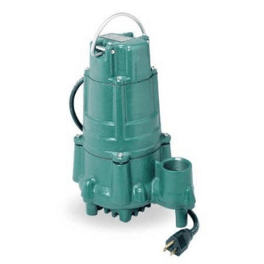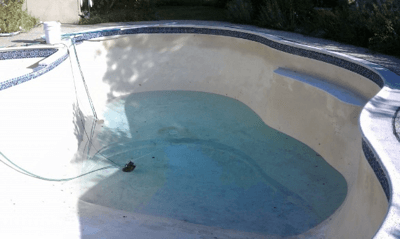The need to drain your swimming pool can arise for a number of reasons. This includes the repair or removal of your pool, or the chemical levels have been continuously difficult to maintain and you have decided it is best to start over again. Either way, it is important to only drain your pool into your homes sewer drainage system. Some pools have their own sewerage connection for draining, whereas others will need to be drained manually.
Why Should I Drain my Pool into the Sewerage System?
Draining your pool into the sewerage system allows the water to be treated and re-used, producing less water wastage. The chemicals in your pool should not be drained into your stormwater system as there is no treatment done for stormwater – as the saying goes, “only stormwater down the stormwater drain.”
There are also several regulations in place across Australia that require the water to be drained into the sewerage system. The regulation, AS/NZS 3500, has several clauses as to the drainage connections as well as where the water from your swimming pool should be drained into.
How do I Drain my Swimming Pool Manually?
If your swimming pool doesn’t have any sewer connections, you will need to drain it manually. You will probably need anywhere from 1-2days to complete draining your swimming pool and filling it back up (if that is the course you are taking).
Step One:
Get a submersible sump pump. You can usually rent or purchase one from your local hardware store (e.g. Bunnings).
Step Two:
Set up your pump and discharge hoses. Connect the hose to your sewer service draining point (inspection opening). Depending on your property, this may be located outside near your bathroom.
Step Three:
Lower the pump into the deep end of the pool and plug it in. Before turning it on, ensure that the hose is properly attached to the pump and the other end is securely in the sewer inspection opening.

Step Four:
Monitor the discharge of water to ensure the pump is working properly and the water is flowing nicely into the sewerage service. The time it takes a pool to empty will depend on the pump speed as well as the size of your pool.
Step Five (Optional):
If you want to, as your pool is draining, you can spray down the sides of your pool to save time in the cleaning process later on.
Step Six:
Drain the last bit of water in the pool manually using buckets. How much water the pump actually drains (and how much is remaining afterwards) depends on the pools shape at the deep end.
Step Seven:
Clean your pool. Ensure you clean under the lip of the pool as well as the sides and the bottom.

Step Eight:
Refill your pool. This may take up to a day to do, dependant on the size of your pool. It is advised that you re-fill your pool as soon as possible to avoid any damage that may occur due to direct sunlight and other outside factors.
Step Nine:
Add the required chemicals or additives. It is advised that you check the chemical levels daily until they reach the proper level required for your pool – this may take a few days.
Do you need help with manually draining your swimming pool or would prefer a professional to do it? Canberra Plumbing and Drains can help you out! Give our friendly team a call on 0474 488 899 to book in your appointment today!

Recent Comments